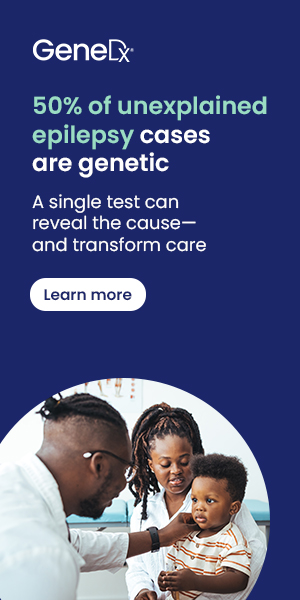Javier Oesterheld, MD, Division Chief of the Cancer and Blood Disorders Program at Levine Children’s Hospital and Founder and Executive Director of the ARISE Cancer Consortium, discusses naxitamab combination therapy for the treatment of patients with relapsed/refractory high-risk neuroblastoma.
Neuroblastoma is a rare tumor that develops from neuroblasts, usually in infants or children before the age of 5. It most often develops in infancy and may be diagnosed in the first month of life. The tumor most often develops in the adrenal gland, but may develop in the neck, chest, or spinal cord. In most cases, the tumor has metastasized by the time it is diagnosed. A neuroblastoma can cause a variety of signs and symptoms, including a lump where the tumor is growing, bone pain, diarrhea, and various neurological symptoms.
Naxitamab is a disialoganglioside 2-binding antibody that was approved by the U.S. Food and Drug Administration (FDA) in 2020 for use in combination with granulocyte-macrophage colony-stimulating factor (GM-CSF) for the treatment of patients with relapsed/refractory high-risk neuroblastoma. Naxitamab has short infusion time and can be administered without overnight hospitalization.
Naxitamab Combination Therapy for Neuroblastoma
A recent report aimed to evaluate the use of naxitamab and granulocyte-macrophage colony-stimulating factor in combination with cyclo-phosphamide (CTX) and topotecan (TOPO) in four patients with relapsed/refractory high-risk neuroblastoma.
Response to treatment varied across the four patients. Regarding metastatic soft tissue and bone response, patient 1 achieved complete response, patient 2 had partial response, patient 3 had stable disease, and patient 4 had progressive disease. Patients 1 and 3 achieved complete response for bone marrow response and assessment was not feasible for patient 4. Patient 2 initially achieved stable disease for bone marrow response and then received two cycles of naxitamab and GM-CSF in combination with CTX/TOPO, followed by 13 cycles of naxitamab monotherapy. The patient achieved complete response after 2 cycles of monotherapy.
The most common treatment-related adverse events were pain, hypotension, and hypertension. The majority of these were grades 1 or 2. All four patients were admitted due to fever and neutropenia, attributed to high-dose CTX/TOPO, resulting in a decrease in dose in three of the four patients.
Results from this report illustrated a favorable safety profile with naxitamab combination therapy with no overlapping toxicities. However, definitive clinical effectiveness conclusions could not be drawn, requiring further research into the treatment.
To learn more about neuroblastoma and other rare cancers, visit https://checkrare.com/diseases/cancers/

